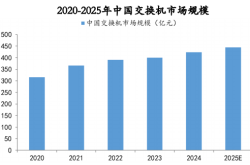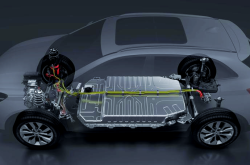European, Japanese, and South Korean Cars Plunge into "Misery" Mode Post "Protection Fee" Tariff Payments
![]() 08/21 2025
08/21 2025
![]() 621
621
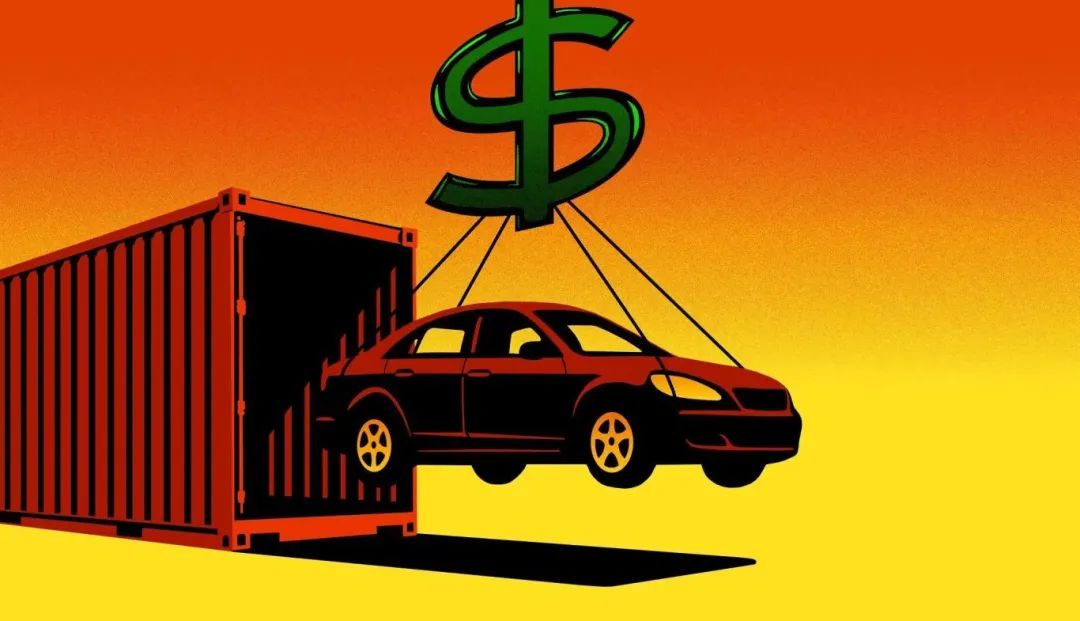
Introduction
This is an unmasked display of raw power.
Apparently, tariffs also carry a "protection fee" tag.
South Korea has pledged a staggering $350 billion to the United States, with $150 billion dedicated to the Korea-US Shipbuilding Cooperation Fund and the remaining $200 billion invested in sectors such as semiconductors and biotechnology. In return, the US reduced its tariff rate on South Korean imports to 15%, lower than the 25% previously threatened by Trump.
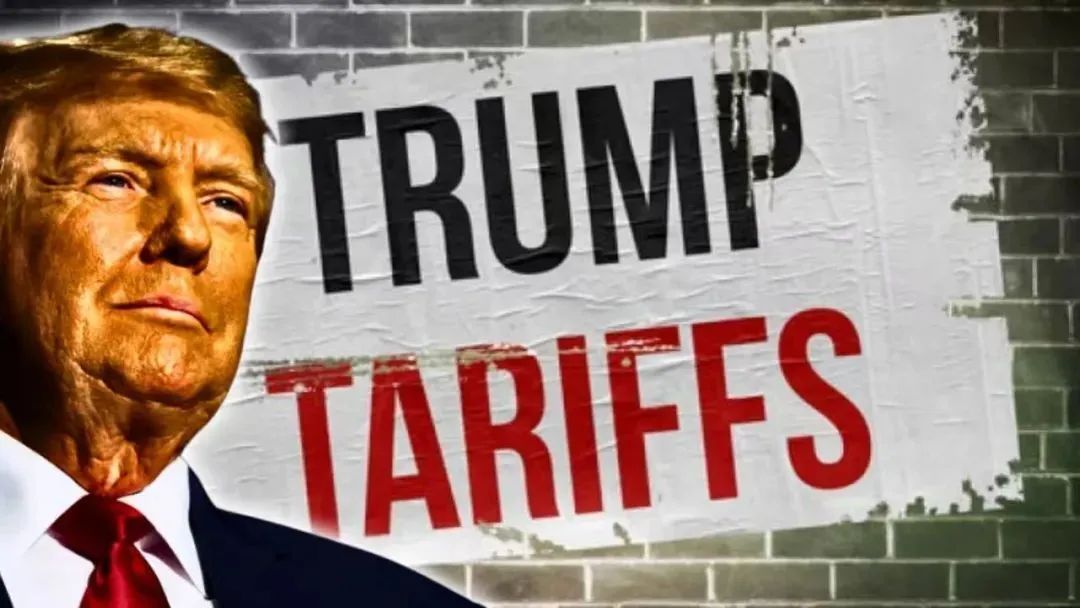
For the sake of national interests, Japan too spared no expense.
According to the latest agreement, Japan will establish a $550 billion investment fund for the US, promising to allocate it to key strategic industries such as energy, semiconductors, key minerals, and shipbuilding, with the US receiving 90% of the profits. Japan, in turn, received a 15% tariff rate commitment instead of the previous 25%.
Europe also made concessions, agreeing to invest approximately $600 billion in the US and significantly increasing purchases of American energy and military equipment in exchange for a 15% tariff rate. Trump could hardly conceal his excitement at the press conference, hailing it as "one of the largest deals ever," with unprecedented procurement scales.
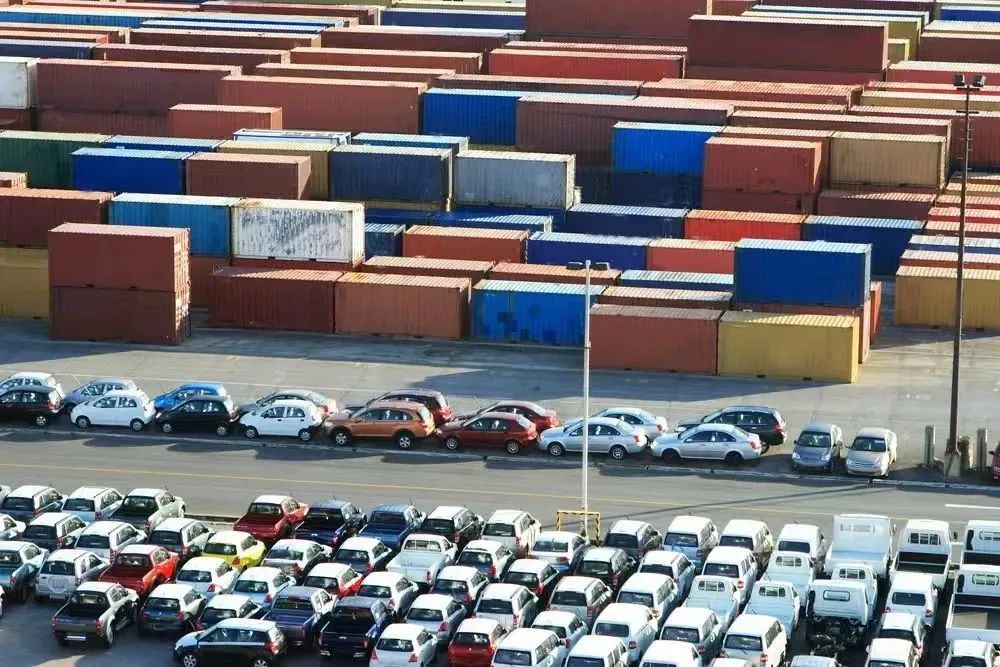
On the surface, these countries and regions, dubbed "allies" by Trump, each took a step back, and so did the US. Everyone accepted the 15% tariff rate and "enjoyed their own beauty."
However, behind the scenes, Trump emerged as the big winner. There was no alliance friendship in his eyes, only targets to extract benefits. Under the heavy hammer of tariffs, the automotive industries of these countries are enduring unprecedented hardships.
01 Japan: Losing ¥150 Million Daily
The automotive industry is a flagship export industry in Japan, with the US being its largest export destination, accounting for over 30% of total exports. Trump's imposition of tariffs has significantly impacted the Japanese automotive industry. According to the Japan Automobile Manufacturers Association (JAMA), in 2024, Japan exported nearly 1.37 million vehicles to the US.
After negotiations between the Japanese and American governments, a new agreement was reached in July. The US imposed an additional 12.5% tariff on automobiles imported from Japan, combined with the previous 2.5% tariff rate, totaling 15%. Saxo Bank calculated that this adjustment would reduce Japan's tariff impact by approximately ¥1.6 trillion, equivalent to roughly ¥77.9 billion.
It's worth noting that, unlike tariffs on specific countries, it's unclear when the Trump administration plans to implement the reduced automobile tariffs.
Due to the uncertainty of the implementation timeline, Japanese automakers continue to suffer while waiting. According to Nikkei estimates, if the tariff reduction is delayed by one month, the burden on Japan's seven major automakers (Toyota, Honda, Nissan, Mazda, Subaru, Mitsubishi Motors, and Suzuki) will increase by about ¥100 billion, with a daily loss of approximately ¥3 billion, equivalent to roughly ¥146 million.
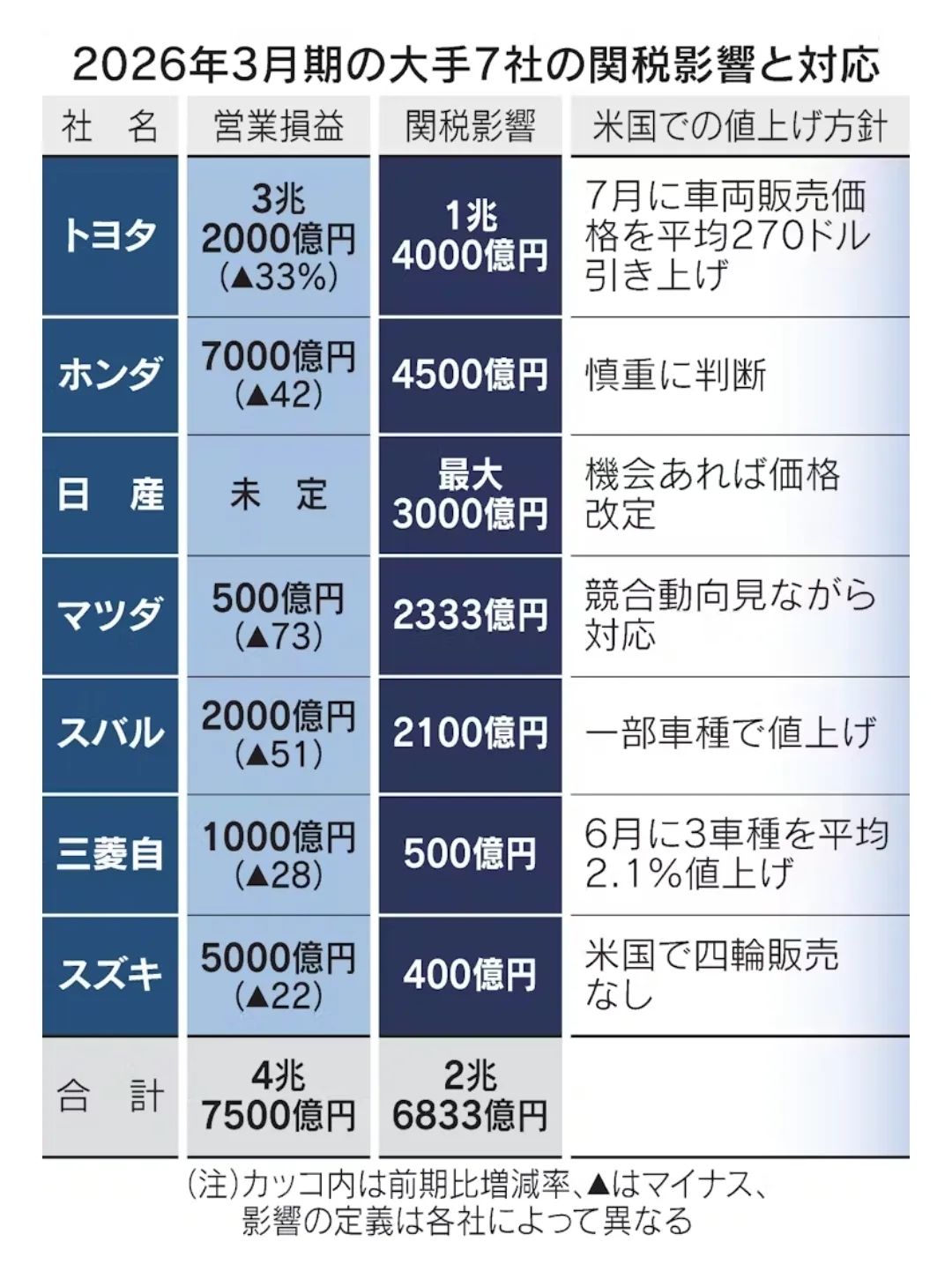
According to the latest information released by the aforementioned Japanese automakers, due to US tariffs, seven automakers including Toyota will cumulatively lose ¥2.7 trillion in fiscal year 2025 (April 2025 - March 2026), equivalent to approximately ¥131.4 billion.
Excluding Nissan, which has not announced its annual financial report forecast, the operating profits of the remaining six Japanese automakers are expected to decline cumulatively by 36%, with a monthly loss of about ¥100 billion, equivalent to approximately ¥4.9 billion.
The US market is crucial to Toyota.
Toyota produces about 3 million vehicles in Japan, of which 540,000 are exported to the US, becoming one of the main drivers of its performance. Additionally, Toyota has been selling high-end models dominated by Lexus in the US for many years, with extremely high profit returns, making North America a profit cow for Toyota's performance.
Although only 540,000 vehicles are imported as a whole, relevant personnel from Toyota previously stated that, including related imports of parts and components, the company is equivalent to importing 1.2 million new vehicles from Japan to the US each year.
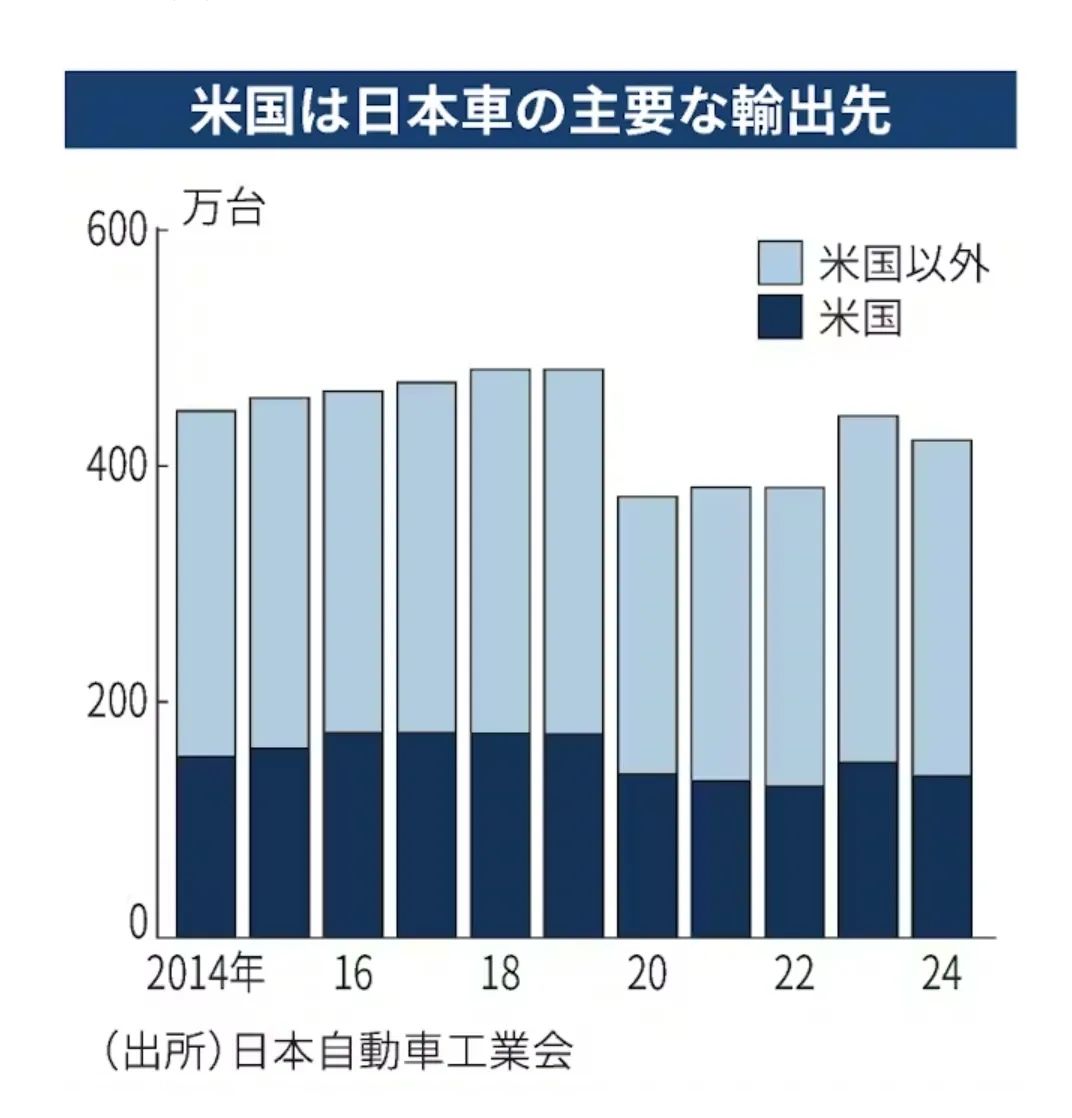
Based on annual performance statistics, Toyota is most affected by US tariffs. US tariffs are expected to impact operating profits in fiscal year 2025 by up to ¥1.4 trillion, equivalent to approximately ¥68.2 billion.
The reason for estimating such huge losses is not only due to Toyota's substantial sales of new cars in the US but also considering the cost burden on parts and components companies.
As planned, Toyota increased the selling prices of some Toyota and Lexus models in the US market in July, with an average price increase of $270 and $208 for the two brands, respectively. However, for Toyota, price increases cannot fully compensate for the entire burden caused by tariffs.
02 South Korea: Privileges Vanishing
In 2012, the US and South Korea signed the US-Korea Free Trade Agreement, stipulating that the two countries would gradually eliminate tariffs on nearly 95% of consumer and industrial goods trade within 3 years. South Korea would eliminate about two-thirds of US agricultural product import tariffs, and the US would eliminate import tariffs on Korean cars with engine displacements of less than 3 liters.
For a long time, compared to the 2.5% tariff rate required for Japanese and EU products, this agreement granted South Korean automotive products the privilege of "zero tariffs" for most of them, giving South Korean cars a cost-effective advantage in the US market.
Now, the tariff on Korean cars has increased from zero to 15%, while the tariff on Japanese cars has increased from 2.5% to 15%. With the relatively small increase in tariffs on Japanese cars, South Korea will be at a competitive disadvantage.
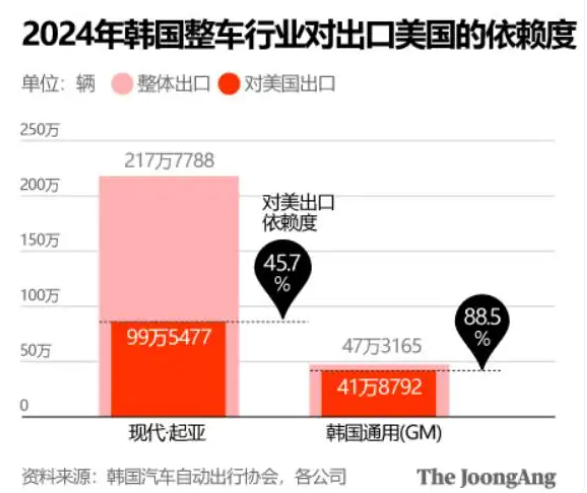
Taking the Elantra sedan, which is popular in the US, as an example, the current starting price of this car in the US market is $22,125, cheaper than competitors Toyota Corolla ($22,325) and Volkswagen Jetta ($22,995).
The greater impact of tariffs will be reflected in automakers' future financial reports. According to the Hyundai Motor Group's financial report for April-June, the US tariff imposed a burden of approximately ₩1.61 trillion on the quarter, equivalent to approximately ¥8.32 billion. Compared to the same period last year, the operating profit of the Hyundai Motor Group decreased by 19.6%.
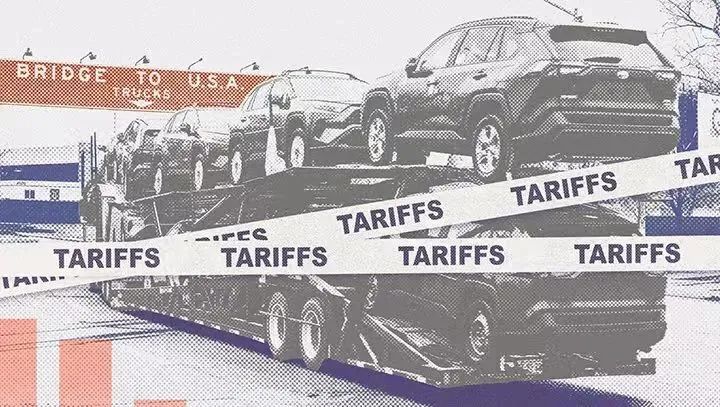
As automobile exports to the US account for one-third of South Korea's total exports to the US, tariffs have a greater impact on the automotive industry. Once competition between Korean cars and Japanese and German brands intensifies, if effective localized production cannot be achieved, the profit rate of Korean cars may fall to negative values, and the overall South Korean economy will also be under pressure.
South Korean investment institutions estimate that if the full 15% tariff is implemented, the annual cost of the Hyundai-Kia Motor Group will increase by about ₩5.6 trillion, equivalent to approximately ¥29 billion, which is equivalent to one-fifth of the operating profits of the Hyundai and Kia brands last year.
Like Japanese cars, it is difficult for Korean cars to pass on all tariffs to consumers. Automakers face a dilemma: either endure a decline in profit margins or accelerate localized production in North America and implement cost reduction plans.
However, the Korean Automobile Manufacturers Association (KAICA) conducted an authoritative survey on the new Trump administration in the US. Despite the pressure of tariffs, as many as nine-tenths of Korean auto parts companies have no plans to enter the US market. The main reason is that the Trump administration's tariff policy is highly uncertain, and huge investments are risky.
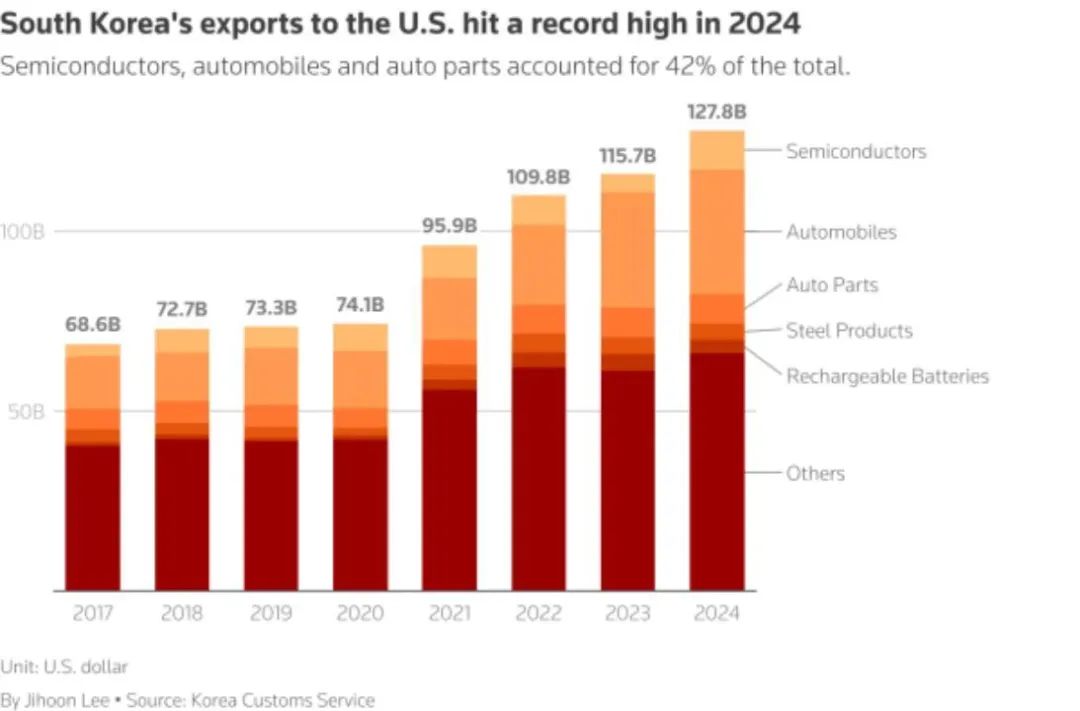
KAICA conducted this survey in June to assess the impact of US tariffs on auto parts exporters. The published data shows that among the 121 Korean auto parts manufacturers surveyed, only 12.2% of companies indicated that they are considering establishing local production facilities in the US to cope with US tariffs.
Only 10.4% of respondents said they were willing to consider transferring production to third countries such as Mexico to flexibly bypass US tariffs. However, the high initial investment cost is a difficult problem, and countries like Mexico also have a package of local employment protection policies. These challenges make it difficult to implement production transfer strategies.
It's worth noting that 40% of the surveyed companies indicated that they had no plans for overseas expansion at all. Moreover, even if companies choose to add overseas bases, it will take several years for new production capacity to land. In the short term, it cannot alleviate the pressure on South Korean exports. In the long run, there is great uncertainty in US policies.
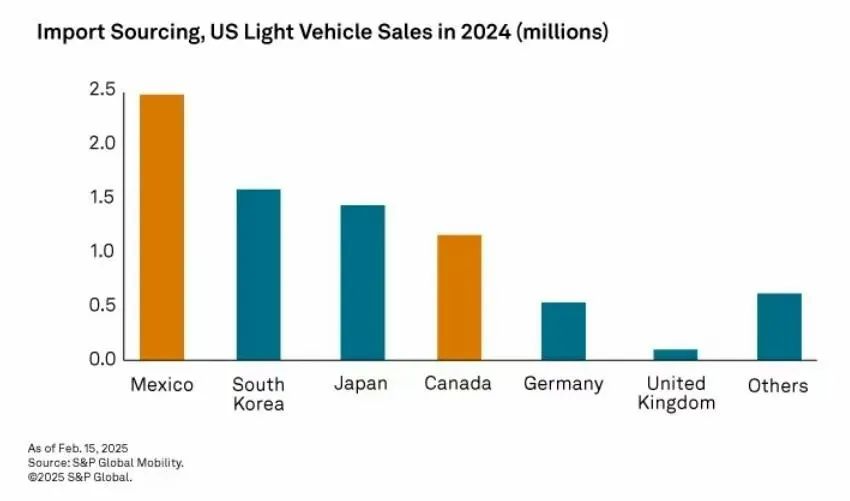
South Korean media analyzed that the Hyundai-Kia Motor Group is the biggest victim of this tariff. In 2024, the group sold 1.77 million vehicles in the US, of which 630,000 were produced locally in the US, 140,000 were produced in Mexican factories, and 1 million were exported from South Korea, accounting for up to 56%.
03 EU: German Cars Most Affected
The EU is also in a bad mood. From 2000 to 2024, the average tariff imposed by the US on EU products was only about 2%. The current adjustment to 15%, although far lower than the 30% previously threatened by Trump, is still painful for the European automotive industry.
Hildegard Mueller, president of the German Association of the Automotive Industry, said that even if tariffs are reduced to 15%, German automakers will still incur billions of dollars in additional costs each year. Automakers such as BMW and Volkswagen have even jointly issued a statement stating that a 15% tariff will increase the cost of German car exports to the US by 23%.
Germany, the most populous country and the largest economy in the EU, is also a "hard-hit area" of the US tariff policy. Against the backdrop of rising manufacturing costs, declining sales, and pressure for industrial transformation in the global automotive industry, the plight of the country's automotive industry is also a microcosm of the current state of the European automotive manufacturing industry.
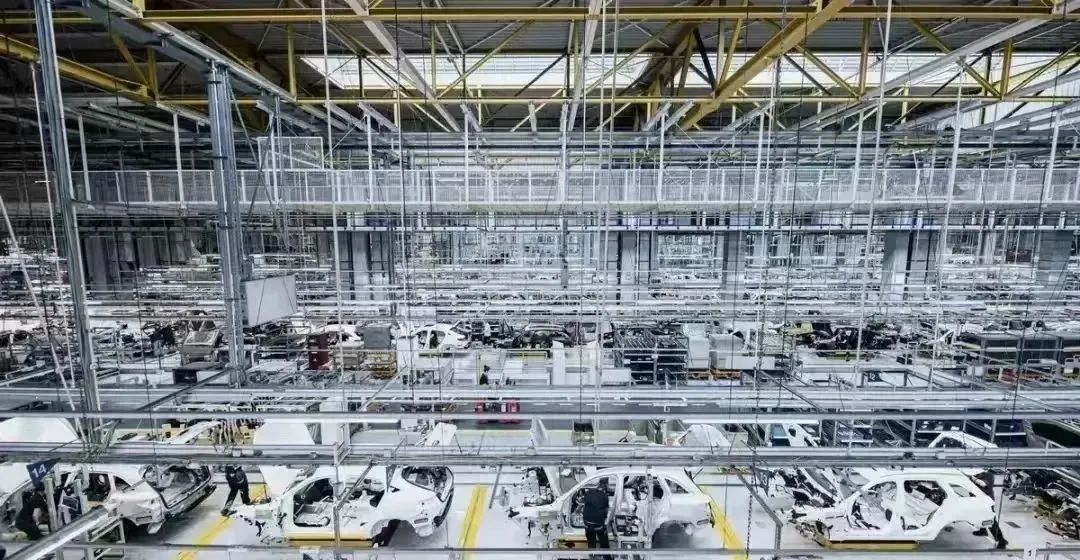
In recent years, about three-quarters of the cars made in Germany have been shipped abroad, making the automotive industry vulnerable to trade barriers. But to make matters worse, the overall profit margin of German cars is already very low, leaving almost no room to absorb the impact of tariffs. They can only passively adjust or expand existing production capacity in the US to maintain market share.
Like Korean and Japanese automakers, the impact of US tariffs is first reflected in the financial reports of German automakers. Financial reports released by large German automakers such as BMW, Mercedes-Benz, and Volkswagen show that profits generally declined sharply in the first half of 2025. Many companies clearly pointed out at financial report conferences that Trump's tariff stick was an important factor causing financial pressure.
The most critical issue is the deterioration of cash flow.
The Financial Times of the UK has reported that due to factors such as the US tariff policy, the cash flow of Germany's three major automakers (Volkswagen, BMW, and Mercedes-Benz) may cumulatively decrease by about €10 billion this year, equivalent to approximately ¥83.5 billion.

To conclude, let's compare a set of data.
- According to statistics from the European Automobile Manufacturers Association, European automakers exported a total of €38.4 billion worth of cars to the US in 2024, equivalent to approximately ¥322.3 billion.
- According to data from Japan's Ministry of Finance, the total value of Japan's automobile exports to the US in 2024 exceeded ¥7.2 trillion, equivalent to approximately ¥351.9 billion.
- As South Korea's largest export commodity, automobile exports to the US reached $34.7 billion in 2024, equivalent to approximately ¥248.8 billion.
In terms of export volume in 2024, the US market proves indispensable to the EU, Japan, and South Korea. For Japan in particular, the United States has traditionally been a goldmine for automakers like Honda, Toyota, and Nissan. Trump's tariff policy dealt a severe blow to the lifeblood of Japan's automotive industry, and indeed, the entire Japanese economy.
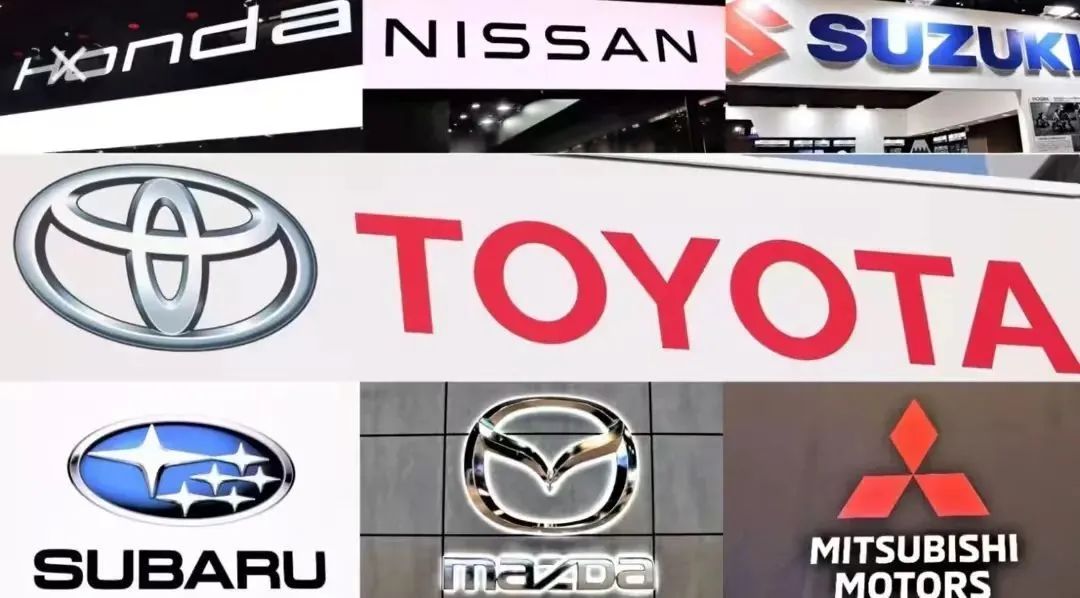
Notably, Japan's direct investment in the United States hit an all-time high in 2024, with a net investment of 11.7 trillion yen, representing nearly 40% of total investments. This marks the highest level since 2014, when statistical data became available, and represents a 2.2-fold increase over the past decade.
Currently, Japan plans to invest an additional $550 billion in the United States. However, what has stunned the world is the 9:1 profit-sharing ratio behind this "unprecedented" move. Essentially, the United States will pocket 90% of the investment profits, leaving Japan with a mere 10%.
No wonder experts have concluded that this is not a mere "compromise" between allies, but rather a blatant demonstration of power dynamics.
Editor-in-Chief: Cui Liwen | Editor: Wang Yue
THE END



